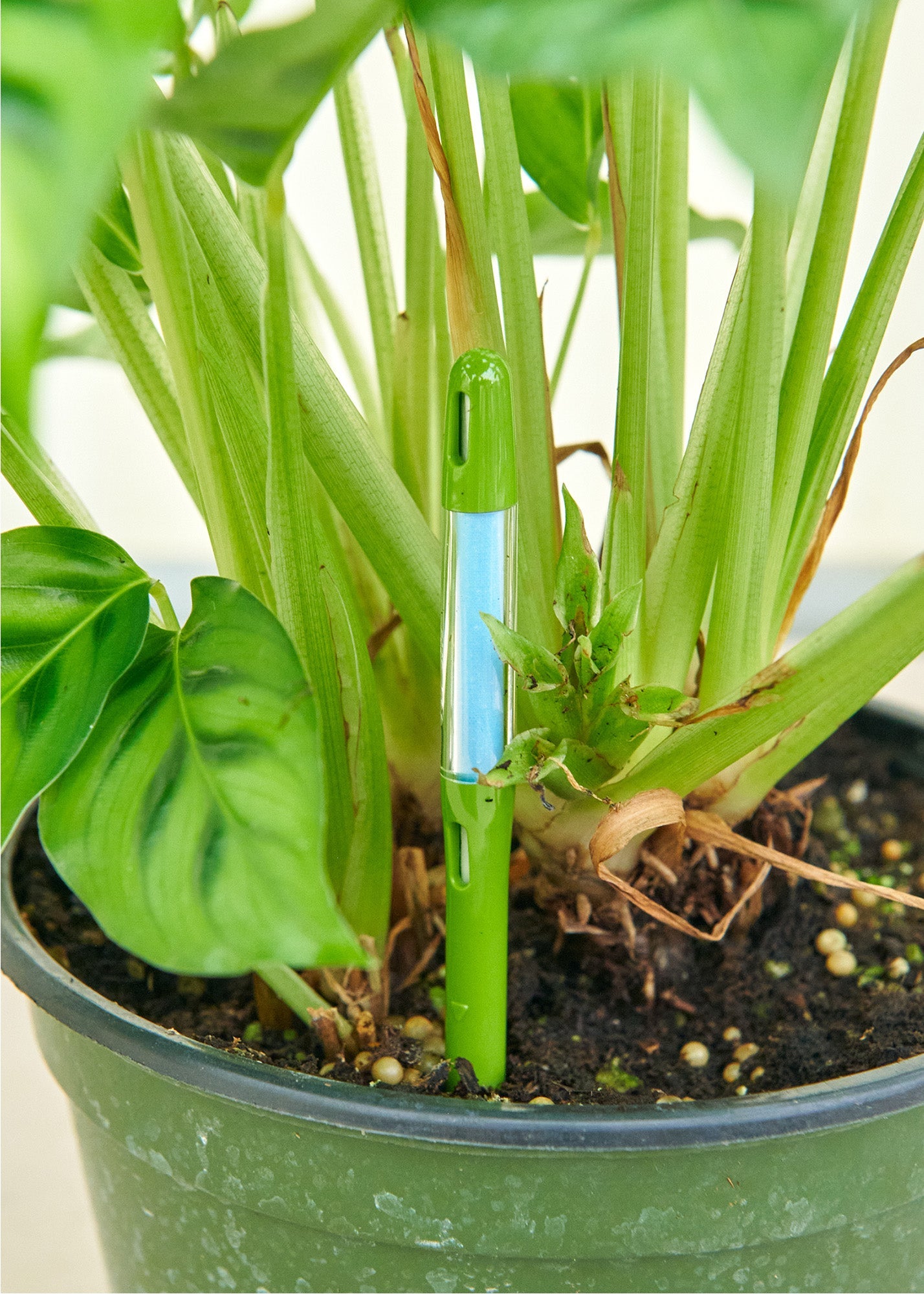Moisture Meter Purchasing Guide: What to Seek in High-Quality Instruments
Moisture Meter Purchasing Guide: What to Seek in High-Quality Instruments
Blog Article
Understanding the Value of a Moisture Meter in Protecting Against Mold and Water Damage in your house
In the world of home upkeep, the visibility of moisture can usually be a quiet yet formidable opponent, qualified of causing pervasive mold and mildew growth and dangerous water damages if left uncontrolled. Comprehending the relevance of a moisture meter in this battle is not just an alternative yet a calculated need.
Relevance of Moisture Discovery
Reliable moisture detection approaches are vital for securing homes and stopping prospective mold development and water damages. Wetness can permeate into various building products, leading to structural problems and wellness hazards. By using a moisture meter, building owners can proactively recognize areas vulnerable to excess wetness, permitting for timely treatment and reduction strategies.
Moisture meters supply accurate analyses of moisture levels in various products such as drywall, wood, and concrete. This information assists in determining areas of problem, also in surprise or hard-to-reach areas. Early detection of wetness buildup makes it possible for prompt fixings or adjustments to prevent additional damage.

How Moisture Meters Job
Dampness meters play a critical duty in the aggressive identification of excess dampness, assisting in the prevention of possible mold and mildew development and water damages by giving precise readings of wetness degrees in different building materials. Some progressed dampness meters pin both combine and pinless innovations for extensive dampness discovery. Recognizing exactly how moisture meters function is vital for exact and prompt moisture level assessments, allowing efficient preventive measures versus mold and mildew and water damage.
Detecting Early Caution Signs
Upon first inspection of a residential or commercial property, identifying refined signs of excess dampness becomes important in the very early discovery of potential mold growth and water damage. Some common very early indication include stuffy smells, water stains on walls or ceilings, peeling off paint or wallpaper, and deformed or discolored surface areas. Stuffy smells commonly show the existence of mold and mildew or mold, even if no visible signs appear. Water stains can signify leaks or seepage, while peeling off paint or wallpaper might be an outcome of wetness compromising the adhesion of these products to the surface area. Distorted or discolored surface areas, such as distorting floorboards or blemished drywall, are clear signs of water damage. In addition, a boost in allergic reaction signs or respiratory system concerns among passengers may recommend the presence of mold due to excess wetness. By quickly recognizing and dealing with these very early warning indications, home owners can minimize the risk of substantial mold growth and water damage in their buildings.
Avoiding Mold And Mildew Development
Identifying early caution signs of excess dampness within a residential or commercial property not just allows prompt discovery of potential mold growth and water damage yet additionally works as a proactive step in preventing the expansion of mold and mildew. To Get More Information successfully prevent mold and mildew development, it is vital to address any kind of sources of wetness quickly. This can consist of repairing leakages in roofs, home windows, or pipes, guaranteeing proper air flow in wet areas like bathrooms and kitchen areas, and utilizing dehumidifiers in high-humidity rooms. Routinely inspecting and preserving the property's plumbing, roofing system, and rain gutters can likewise assist in avoiding water intrusion that might bring about mold growth.
Keeping an eye on dampness degrees in locations susceptible to dampness, such as cellars and crawl areas, utilizing a wetness meter can likewise help in early discovery of elevated dampness levels and potential mold development - Moisture Meter. By taking proactive actions to protect against excess wetness and mold development, house next page owners can secure their residential property and interior air top quality.
Advantages of Normal Surveillance
Normal monitoring of wetness degrees in a residential or commercial property can play an essential role in maintaining a healthy and balanced indoor environment and protecting against possible mold and mildew and water damages. By consistently examining moisture degrees, homeowners can identify any type of issues quickly and take needed actions to stop mold and mildew growth and water damages.
Moreover, normal tracking allows home owners to track patterns and patterns in wetness levels over time. Eventually, the regular monitoring of dampness levels encourages homeowners to shield their residential or commercial property, secure their wellness, and maintain the integrity of their interior environment.

Conclusion

By using a dampness meter, property owners can proactively recognize areas susceptible to excess moisture, permitting for prompt his explanation intervention and reduction methods.

Monitoring moisture degrees in locations prone to dampness, such as basements and crawl spaces, utilizing a wetness meter can additionally assist in very early discovery of elevated dampness degrees and possible mold development. (Moisture Meter)
Report this page